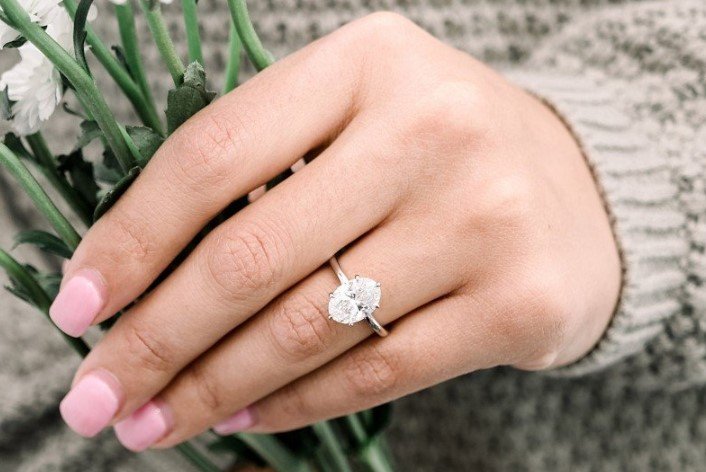
Engagement rings London have long been associated with tradition, romance, and the exchange of vows. The city’s rich history, from royal connections to iconic landmarks, has had a profound influence on the evolution of the engagement ring as we know it today. These symbols of commitment have gone through numerous transformations over the centuries, reflecting changing tastes, societal norms, and advancements in jewelry craftsmanship.
The origins of engagement rings in London can be traced back to ancient civilizations. While engagement rings were not common in early British history, the custom of betrothal rings can be linked to ancient Rome. Romans used rings to symbolize their commitment to marriage, typically worn on the left hand’s fourth finger, which was believed to have a vein running directly to the heart. This belief in the “vena amoris,” or vein of love, influenced the positioning of the ring and would later carry through to London’s tradition.
It wasn’t until the 15th century, during the reign of Edward IV, that engagement rings began to gain prominence in London. The tradition of offering a ring as a token of commitment became more widespread, especially among the wealthy elite. Edward IV famously gave a betrothal ring to Elizabeth Woodville, marking one of the first known royal instances of an engagement ring being used as part of a marriage proposal. The ring was made of gold, with a large diamond, and it marked the start of a royal tradition that would evolve over the centuries.
During the Victorian era, engagement rings London truly began to take shape in their modern form. Queen Victoria herself played a significant role in popularizing diamond engagement rings. In 1840, Prince Albert of Saxe-Coburg and Gotha presented Queen Victoria with a stunning engagement ring, set with a diamond surrounded by other gemstones. This gesture sparked a trend for diamond rings, and as the British Empire expanded, so did the popularity of engagement rings London. The Victorian era saw intricate designs, often with engraved patterns or sentimental motifs, as jewelry became an essential part of personal identity and social status.
The industrial revolution of the 19th century played a key role in the mass production of engagement rings. Advances in technology made it possible for jewelers to produce rings more affordably, allowing engagement rings to become accessible to the middle class. It was during this period that the diamond industry began to grow rapidly. By the late 19th century and into the early 20th century, London’s jewelry market was thriving, with many renowned jewelers in the city creating stunning pieces for couples across all social classes.
The 20th century saw further changes to the design and symbolism of engagement rings London. The rise of the De Beers diamond company and their famous “A Diamond is Forever” campaign in 1947 solidified the diamond engagement ring as a symbol of eternal love. The advertising campaign made diamonds not just a luxury, but a must-have for engagement rings. London, as a hub for international trade and luxury goods, was at the forefront of this shift, and engagement rings became more standardized in terms of diamond shape, cut, and clarity.
Today, engagement rings London reflect a diverse range of styles and tastes. While traditional designs with diamonds remain the most popular, modern couples are increasingly opting for alternative gemstones, such as sapphires, emeralds, and even ethical diamonds. The influence of fashion, technology, and sustainability has also shaped contemporary engagement rings, making them more personalized and unique.
The history of engagement rings London is rich and varied, from royal beginnings to the modern-day custom of exchanging rings as a token of love and commitment. Whether a diamond solitaire or a vintage-inspired piece, engagement rings continue to symbolize love and dedication in the heart of London, with the city’s cultural and historical legacy influencing designs for generations.